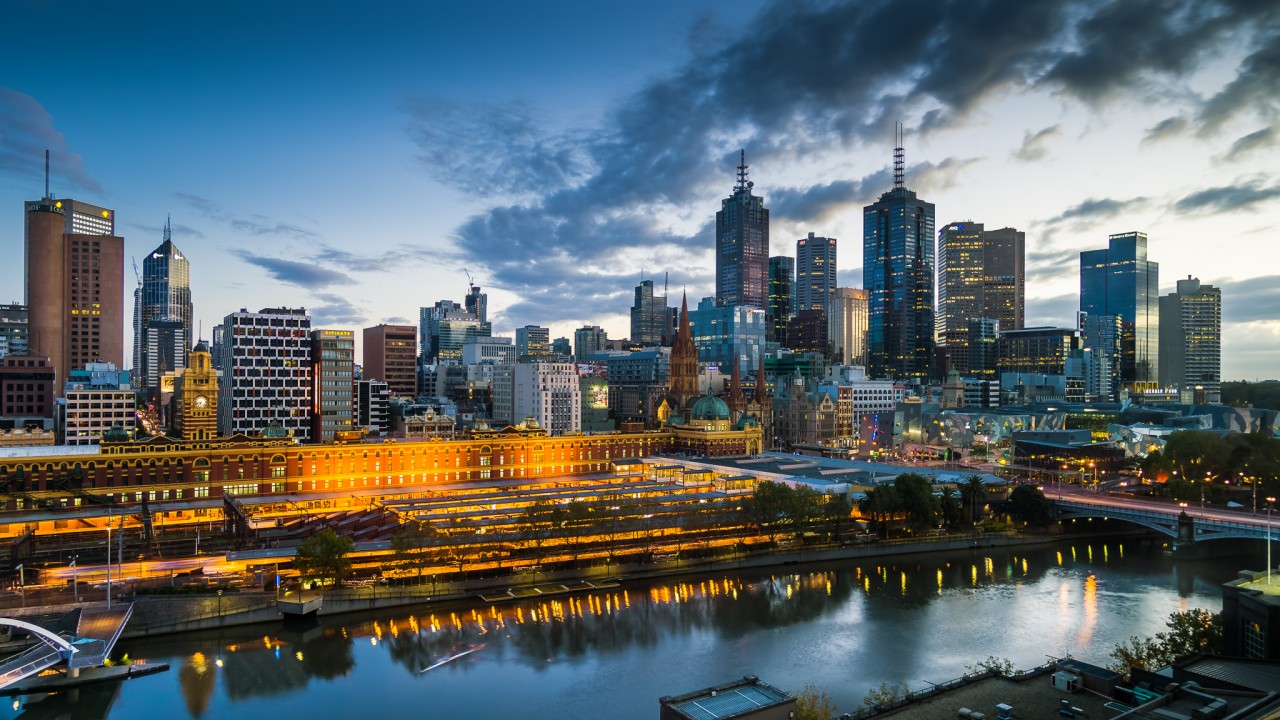Blog, Capture, Learn, Movies, Post-Production, Tips and Techniques
Capture & Post Production: Creative Time Lapse Photography
What is Time Lapse?
Movies are typically captured between 24 and 30 frames per second. If we increase the interval between each frame captured, but play the movie back at normal speed, we will accelerate time or cause time to lapse.
Example > if we capture one frame per second for 4 minutes, and then play the movie back at 24 frames per second, four minutes of ‘normal’ time will be compressed into just 10 seconds …people will move as fast as cars and clouds will race across the sky.
The movie above is available to view in 4K – just click on the HD and Full Screen options when playing.
The 15-Minute Tutorial Movie featured below will show you how to use Lightroom and Photoshop to create a Time Lapse movie.
Some starting suggestions for camera settings
Option 1: General scenes with slow moving subject matter (clouds etc.) Recording time of 4 minutes
- 240 shots at 1-second intervals = 10 Seconds playback at 24fps (frames per second).
- Shutter speed set to 1/50 second and 100 ISO.
- Control exposure using Aperture and ND filters. Manual Exposure and Manual Focus
Option 2: Sunset and Sunrise Recording time 40 Minutes (start 20 minutes before sunrise or sunset).
- 480 shots at 5 second intervals = 20 seconds playback at 24fps.
- Aperture priority and 100 ISO. Aperture Wide Open.
- Slow shutter down using ND64.
- Manual Focus.
Note > The Software LR/Timelapse can be used to ramp white point and exposure in post production if you prefer to adjust exposure manually as you shoot. The advantage of this is that exposure will be more precise (less fluctuations due to Auto errors). The downside is that it more than doubles the time required to create a time lapse clip.
Option 3: Fast moving subjects Recording time of 1 minute.
- 240 Frames at 2 to 3 frames per second = 10 seconds playback.
- Shutter speed of 1/50 second and 100 ISO. Manual Exposure and Manual Focus.
- Control exposure using Aperture and ND filters.
Advice for image capture
- Place tripod on firm ground, shield from excessive wind and vibration and level camera.
- Select Shutter Speed (1/50 second or slower a avoid fast shutter speeds when choosing long intervals).
- Select Aperture (you may need to use a Neutral density filter if you want shallow depth of field and longer shutter speeds). Do not choose f/16 or f/22 if your sensor is not spotlessly clean.
- Frame slightly wide as you can crop in post.
- Check focus.
- Cover camera’s viewfinder after framing (when using a DSLR).
- Choose the Interval and number of shots to suit the movement of your subject.
- Avoid touching the camera or tripod while capturing the time lapse sequence and shield from the wind.
More Information
I have also prepared an extended movie tutorial that walks you through the entire workflow – from capture to output. This is available from my Downloads section of the website: Go to: https://www.markgaler.com/product/dynamic-timelapse-tutorial
